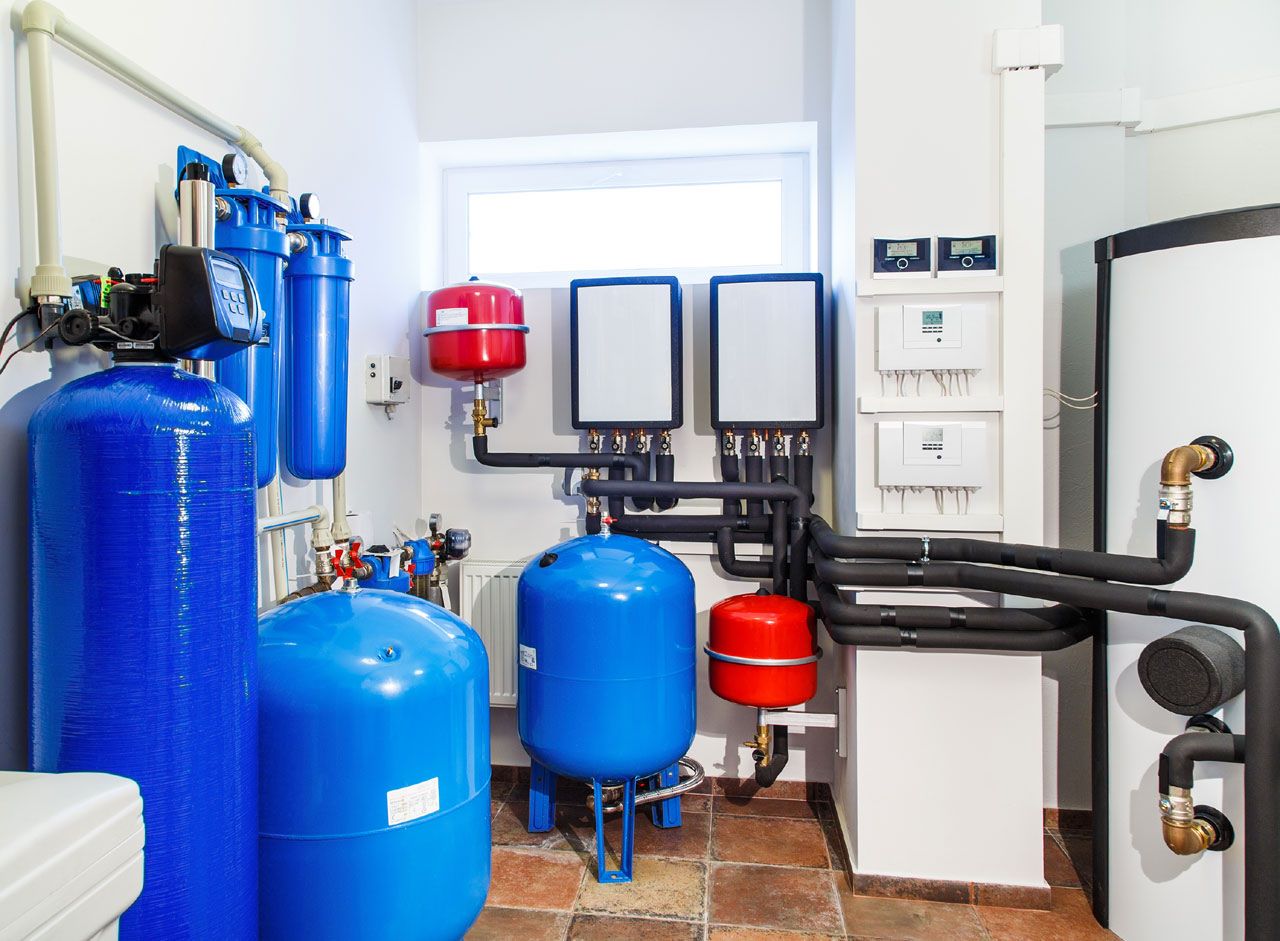

Articles
What Does A Water Pump Do In A House
Modified: August 27, 2024
Learn about what a water pump does in a house with helpful articles. Discover the importance of water pumps for proper functioning of plumbing systems.
(Many of the links in this article redirect to a specific reviewed product. Your purchase of these products through affiliate links helps to generate commission for Storables.com, at no extra cost. Learn more)
Introduction
A water pump is an essential component of a house’s plumbing system, responsible for ensuring a steady supply of water throughout the property. From delivering water to faucets and showers to maintaining water pressure and facilitating the circulation of water, a water pump plays a crucial role in a household’s daily activities. Understanding how a water pump works and its various functions can help homeowners make informed decisions about maintenance and troubleshooting.
In this article, we will explore the inner workings of a water pump, the different types available, and the specific functions it performs in a house. We will also discuss common signs that may indicate a faulty water pump and provide some valuable maintenance tips to keep it in optimal condition.
Key Takeaways:
- Understanding the inner workings and functions of a water pump is crucial for homeowners to troubleshoot issues, select the right pump, and ensure a reliable water supply for daily activities.
- Recognizing signs of a faulty water pump and implementing regular maintenance are essential for homeowners to prevent disruptions and ensure the efficient operation of their water pump systems.
Read more: What Does The Water Pump Do In An Rv
How Does a Water Pump Work?
A water pump is a mechanical device that uses electrical power to move water from one location to another. It operates on the principle of creating pressure differentials to push water through pipes and deliver it to various fixtures and appliances in a house.
Typically, a water pump consists of two main components: the motor and the impeller. The motor drives the impeller, which is a rotating disc with curved blades. As the impeller spins, it creates a centrifugal force that forces water to move radially outward. This creates a low-pressure area at the center of the pump, causing water to be drawn into the pump from the water source, such as a well or a municipal water supply.
Once the water is drawn into the pump, it passes through a series of chambers and piping, and the impeller’s rotation propels it forward. The pressure generated by the impeller pushes the water through the pipes and into the plumbing system, allowing it to reach faucets, showers, toilets, and other outlets in the house.
Types of Water Pumps
There are several different types of water pumps available, each designed for specific applications and water sources:
- Centrifugal pumps: These types of pumps are commonly used in residential settings. They use centrifugal force to move water and are ideal for delivering water at high flow rates, such as for irrigation or filling a swimming pool.
- Submersible pumps: As the name suggests, these pumps are designed to be submerged in water. They are commonly used in deep wells or basements to pump water to the surface.
- Jet pumps: Jet pumps are versatile and can be used for a wide range of applications, including shallow wells and boosting water pressure in the plumbing system.
- Sump pumps: Sump pumps are typically used to remove excess water from basements or crawl spaces. They are designed to handle water drainage and prevent flooding.
Each type of water pump has its own advantages and limitations, and the choice depends on the specific requirements of the house and the water source.
Key Takeaways:
- Understanding the inner workings and functions of a water pump is crucial for homeowners to troubleshoot issues, select the right pump, and ensure a reliable water supply for daily activities.
- Recognizing signs of a faulty water pump and implementing regular maintenance are essential for homeowners to prevent disruptions and ensure the efficient operation of their water pump systems.
Read more: What Does The Water Pump Do In An Rv
How Does a Water Pump Work?
A water pump is a vital component of a house’s plumbing system, responsible for ensuring a consistent and reliable water supply throughout the property. Understanding how a water pump works can help homeowners troubleshoot issues and ensure their plumbing system functions smoothly.
At its core, a water pump is a mechanical device that uses electrical power to move water from one location to another. It operates on the principle of creating pressure differentials to push water through pipes and deliver it to various fixtures and appliances in a house.
The basic components of a water pump include the motor, the impeller, and the pump housing. The motor drives the impeller, which is a rotating disc with curved blades. As the impeller spins, it creates a centrifugal force that pushes water radially outward. This creates a low-pressure area at the center of the pump, causing water to be drawn into the pump from the water source, such as a well or a municipal water supply.
Once the water is drawn into the pump, it passes through a series of chambers and piping. The rotation of the impeller propels the water forward, and the pressure generated by the impeller pushes the water through the pipes and into the plumbing system of the house.
The efficiency and effectiveness of a water pump depend on multiple factors, including the size and power of the motor, the design of the impeller, and the pump’s overall construction. Choosing the right water pump for a house’s needs is crucial to ensure optimal performance and energy efficiency.
Water pumps are available in different types, but the most common ones used in residential settings are centrifugal pumps. These pumps use centrifugal force to move water and are ideal for delivering water at high flow rates, such as for irrigation or filling a swimming pool.
In addition to centrifugal pumps, other types of water pumps include submersible pumps, which are designed to be submerged in water and commonly used in deep wells or basements, and jet pumps, which are versatile and can be used for a wide range of applications, including boosting water pressure in the plumbing system.
Overall, the functioning of a water pump relies on the continuous motion of the impeller and the pressure differentials it creates. By delivering water to the various fixtures and appliances in a house, a water pump ensures a smooth and uninterrupted water supply, making it an integral part of a well-functioning plumbing system.
Types of Water Pumps
Water pumps come in various types, each specifically designed for different applications and water sources. Understanding the different types of water pumps can help homeowners choose the right one for their specific needs.
Here are some of the most common types of water pumps:
- Centrifugal pumps: These pumps are widely used in residential settings due to their simplicity and versatility. They use centrifugal force to move water by converting rotational energy from a motor into kinetic energy. Centrifugal pumps are capable of delivering large volumes of water at high flow rates, making them ideal for applications such as irrigation, filling pools, and distributing water to multiple outlets in a house.
- Submersible pumps: As the name suggests, submersible pumps are designed to be submerged in water. They are commonly used in deep wells, boreholes, or other water sources located below the ground level. Submersible pumps are sealed to prevent water from entering the motor, making them more resistant to moisture and debris. They are often used for domestic water supply, irrigation, and water extraction from underground sources.
- Jet pumps: Jet pumps are versatile pumps that can be used in various applications. They operate by creating a pressure differential that allows water to be drawn into the pump and then pushed out through the discharge pipe. Jet pumps are commonly used in shallow wells or as booster pumps to increase water pressure in the plumbing system. They are also used in irrigation systems and other residential and commercial water supply applications.
- Reciprocating pumps: Reciprocating pumps, also known as piston pumps, use a piston or plunger to generate pressure and move water. These pumps are commonly used for high-pressure applications, such as in industrial settings or for firefighting purposes. Reciprocating pumps are known for their reliability and ability to deliver water at high pressures.
- Sump pumps: Sump pumps are specifically designed to remove excess water from basements, crawl spaces, or other areas prone to flooding. They are typically installed in a sump pit or basin and activated by a float switch or sensor when the water level rises. Sump pumps help prevent water damage and keep basements dry by pumping out the collected water to a safe location.
When choosing a water pump, it is crucial to consider factors such as the power source, flow rate, head pressure, and compatibility with the water source. Consulting with a professional or seeking expert advice can help homeowners make an informed decision and ensure the selected pump meets their specific requirements.
Understanding the different types of water pumps allows homeowners to choose the right pump for their needs, ensuring reliable water supply and efficient operation.
A water pump in a house is responsible for circulating water from the main supply to various fixtures and appliances. It ensures consistent water pressure and flow throughout the property. Regular maintenance and occasional checks can help prolong the life of the water pump and prevent any potential issues.
Read more: What Does Water Pump Do In A Car
Domestic Water Pump Systems
Domestic water pump systems are essential for maintaining a steady and reliable water supply in residential properties. These systems are responsible for delivering water to faucets, showers, toilets, and other fixtures throughout the house. Understanding how domestic water pump systems work can help homeowners troubleshoot issues, ensure proper functioning, and make informed decisions when selecting or maintaining their pump system.
A typical domestic water pump system consists of several components:
- Water source: This can be a well, a municipal water supply, or another type of water source connected to the property. The water source provides the water to be pumped into the plumbing system.
- Water pump: The water pump is the central component of the system. It is responsible for drawing water from the source and delivering it to the plumbing system. The type and capacity of the pump depend on factors such as the size of the property, water demand, and specific requirements.
- Pressure tank: The pressure tank helps maintain consistent water pressure throughout the house. It stores a certain amount of water under pressure, allowing the pump to cycle on and off as needed without causing pressure fluctuations.
- Pressure switch: The pressure switch monitors the water pressure in the system and signals the pump to start or stop based on pre-set pressure levels. When the pressure drops below a certain level, the switch activates the pump to start pumping water. Once the pressure reaches the desired level, the switch stops the pump.
- Pipes and plumbing fixtures: The plumbing system consists of a network of pipes that distribute water from the pump to various fixtures and appliances in the house, such as faucets, showers, toilets, washing machines, and dishwashers.
The domestic water pump system works by establishing a cycle of water flow and pressure regulation. When a faucet or fixture is opened, the drop in pressure triggers the pressure switch to start the pump, drawing water from the source into the system. As water flows through the pipes, it is distributed to the desired outlets, provided that proper valves and fittings are in place. The pressure tank helps maintain a consistent water pressure by supplying water during peak demand and reducing pump cycling.
One important aspect of domestic water pump systems is water pressure. The pressure at which water is delivered to the fixtures determines the effectiveness of the system. Low pressure can result in weak water flow, while high pressure can cause damage to plumbing fixtures. Proper pressure regulation ensures a comfortable and efficient water supply.
It is important for homeowners to understand the basic principles and components of a domestic water pump system to effectively troubleshoot issues and perform regular maintenance. Regular inspection and maintenance of the pump, pressure tank, and pressure switch can prolong the lifespan of the system and prevent potential problems.
Overall, a well-designed and properly functioning domestic water pump system is crucial for maintaining a reliable water supply in residential properties. Understanding how these systems work and implementing proper maintenance practices can help homeowners ensure efficient water distribution and a comfortable living environment.
Functions of a Water Pump in a House
A water pump plays various critical functions in a house’s plumbing system, ensuring a constant and reliable water supply for everyday activities. Understanding the functions of a water pump can help homeowners appreciate its importance and troubleshoot any issues that may arise. Here are the key functions of a water pump in a house:
- Water distribution: One of the primary functions of a water pump is to distribute water throughout the house. By creating pressure differentials, the pump pushes water through the plumbing system, allowing it to reach faucets, showers, toilets, and other fixtures. This function ensures that water is readily available wherever it is needed, enabling everyday tasks such as cooking, cleaning, bathing, and more.
- Water pressure maintenance: A water pump helps maintain consistent water pressure throughout the house. It ensures that the water flow from the fixtures is strong enough for efficient use. Without a water pump, water pressure might be insufficient, resulting in weak flows and difficulty in performing household tasks.
- Overcoming elevation challenges: In cases where the water source is located at a lower elevation than the house, a water pump is necessary to overcome the gravitational challenge. The pump draws water from a lower source and delivers it to the higher elevation where the house is located.
- Well water extraction: For houses that rely on well water as the water source, a water pump is essential for extracting water from the well and delivering it to the plumbing system. Well pumps, such as submersible pumps or jet pumps, are specifically designed for this purpose and work in conjunction with pressure tanks to ensure consistent water supply.
- Boosting water pressure: In some cases, the water pressure from the main supply might not be sufficient to meet the requirements of the household. A water pump can be installed to boost the water pressure, ensuring adequate pressure for showers, sprinkler systems, and other high-demand applications.
- Water circulation: In certain instances, a water pump may be used to circulate water within a specific system. For example, in hot water recirculation systems, a pump is used to circulate hot water continuously, reducing the time it takes for hot water to reach fixtures and preventing wastage of water during the waiting period.
By performing these crucial functions, a water pump ensures that a house has a reliable and efficient water supply system. It allows residents to carry out their daily activities without interruptions, ensuring comfort and convenience.
It is worth noting that different pump types serve different functions based on specific water source and usage requirements. Choosing the right pump for a house’s needs is essential to ensure optimal performance and energy efficiency.
Understanding the functions of a water pump helps homeowners appreciate its significance and enables them to identify and address any issues that may arise. Regular maintenance and occasional professional inspection can ensure that the water pump continues to perform its functions effectively, providing a consistent water supply for the household.
Signs of a Faulty Water Pump
A water pump is a crucial component of a house’s plumbing system, and any malfunction or failure can disrupt the water supply and cause inconvenience. Understanding the signs of a faulty water pump can help homeowners identify and address issues before they escalate. Here are some common signs that may indicate a problem with a water pump:
- Low water pressure: If you notice a significant decrease in water pressure throughout the house, it could be a sign of a faulty water pump. A pump that is not functioning properly may not be able to maintain adequate pressure to deliver water to the fixtures.
- Noisy operation: Unusual noises coming from the water pump can indicate internal damage or components that are wearing out. Grinding, squealing, or rattling sounds may be a sign that the pump motor or impeller is malfunctioning and needs attention.
- Frequent cycling: If the water pump is constantly turning on and off, it may indicate a problem with the pump or the pressure switch. This frequent cycling can lead to additional wear and tear on the components and may affect the overall efficiency of the pump.
- Leaks: Water leaks around the pump or any part of the plumbing system connected to the pump should not be ignored. Leaks can indicate a failed seal, a crack in the pump housing, or a problem with the piping. Prompt action is necessary to prevent further damage and water wastage.
- Inconsistent water supply: If the water supply becomes intermittent or stops completely, it could be a sign of a failing water pump. This can occur if the pump motor fails or if there is a disruption in the power supply to the pump.
- Air in the water lines: When there is air trapped in the water lines, it can disrupt the flow and cause sputtering or spitting from the faucets. This may be indicative of a problem with the water pump, such as a leak or a failing impeller.
- Increased electricity consumption: A sudden increase in electricity consumption without any apparent reason could suggest that the water pump is working harder than usual or running inefficiently. This may indicate a problem with the pump motor or other components that require attention.
It is important to address these signs promptly to prevent further damage and ensure a continuous water supply. If any of these signs are observed, it is advisable to consult with a professional plumber or pump technician who can diagnose the problem, perform repairs, or recommend a replacement if necessary.
Regular maintenance and periodic inspection of the water pump can help identify potential issues before they result in a complete failure. Taking proactive measures to maintain the water pump’s condition can extend its lifespan and keep the plumbing system functioning effectively.
By paying attention to these signs, homeowners can detect a faulty water pump and take the necessary steps to resolve the issue, ensuring a reliable and efficient water supply throughout the house.
Maintenance Tips for Water Pumps
To ensure optimal performance and prolong the lifespan of a water pump, regular maintenance is necessary. Here are some essential maintenance tips to keep your water pump in good working condition:
- Regular inspection: Conduct routine inspections of the water pump, including the motor, impeller, and housing, to check for any signs of damage, leaks, or wear and tear. Look for loose connections, cracks, or rust that may affect the pump’s performance.
- Clean the pump intake: Debris, dirt, and sediment can accumulate in the pump’s intake and impede water flow. Periodically remove any debris or obstructions from the intake and clean the impeller to ensure smooth operation. This can be done by following the manufacturer’s instructions for disassembly and cleaning.
- Check and replace filters: Many water pump systems have filters that prevent debris from entering the pump. Check and clean these filters regularly to ensure they are not clogged or blocked. Replace them if necessary to maintain efficient water flow.
- Lubricate moving parts: Lubricate the bearings and other moving parts of the water pump as per the manufacturer’s recommendations. Proper lubrication helps reduce friction and wear on the components, ensuring smooth operation and extending the pump’s lifespan.
- Inspect the pressure tank: The pressure tank is an integral part of the water pump system. Check the pressure tank regularly for any signs of leaks or issues. Moreover, ensure that the tank’s pressure is set correctly according to the manufacturer’s specifications to maintain consistent water pressure in the house.
- Test the pressure switch: The pressure switch is responsible for activating and deactivating the water pump. Periodically test the switch to ensure it is functioning properly. If you notice any issues such as failure to start or stop the pump at the appropriate pressure, consider replacing the switch.
- Monitor electrical connections: Check the electrical connections, including the power supply and wiring, to ensure they are secure and free from damage. Loose or damaged connections can affect the pump’s performance and safety. If any issues are detected, consult a professional electrician to address them.
- Follow manufacturer’s maintenance guidelines: Always refer to the manufacturer’s instructions and guidelines for specific maintenance requirements of your water pump system. They may provide recommendations for maintenance frequency, lubrication points, and other important considerations specific to your pump model.
It is important to note that some maintenance tasks, such as inspecting the motor or dealing with electrical components, may require professional expertise. If you are unsure or uncomfortable performing certain maintenance tasks, it is best to hire a qualified plumber or pump technician to handle them.
Regular maintenance not only ensures the proper functioning of your water pump but also helps to identify potential issues and address them before they lead to major problems. By following these maintenance tips, you can maintain a reliable and efficient water supply throughout your house.
Read more: What Does A Water Pump Do In A Fish Tank
Conclusion
A water pump is a crucial component of a house’s plumbing system, responsible for ensuring a constant and reliable water supply. Understanding how a water pump works and its various functions can help homeowners troubleshoot issues, select the right pump for their needs, and take proper care of their pump system.
In this article, we delved into the inner workings of water pumps, explaining their role in creating pressure differentials to push water through pipes. We explored the different types of water pumps available, including centrifugal pumps, submersible pumps, and jet pumps, highlighting their specific applications and benefits.
Moreover, we discussed the crucial functions that water pumps serve in a house, such as water distribution, maintaining water pressure, handling well water extraction, boosting water pressure, and facilitating water circulation. Understanding these functions is vital for homeowners to appreciate the importance of a well-functioning water pump in their daily lives.
We also explored the signs of a faulty water pump that homeowners should be aware of, such as low water pressure, noisy operation, frequent cycling, leaks, inconsistent water supply, air in the water lines, and increased electricity consumption. Recognizing these signs can help homeowners identify issues early on and take prompt action to prevent further damage.
Lastly, we provided maintenance tips to keep water pumps in optimal condition. Regular inspection, cleaning the pump intake, checking and replacing filters, lubricating moving parts, inspecting the pressure tank, testing the pressure switch, monitoring electrical connections, and following manufacturer’s maintenance guidelines are all essential steps to ensure the longevity and efficient performance of water pump systems.
In conclusion, a well-maintained water pump is crucial for maintaining a steady and reliable water supply in a house. By understanding how water pumps work, recognizing signs of trouble, and implementing regular maintenance, homeowners can ensure the efficient operation of their water pump systems, providing them with a continuous and uninterrupted water supply for their everyday needs.
Frequently Asked Questions about What Does A Water Pump Do In A House
Was this page helpful?
At Storables.com, we guarantee accurate and reliable information. Our content, validated by Expert Board Contributors, is crafted following stringent Editorial Policies. We're committed to providing you with well-researched, expert-backed insights for all your informational needs.
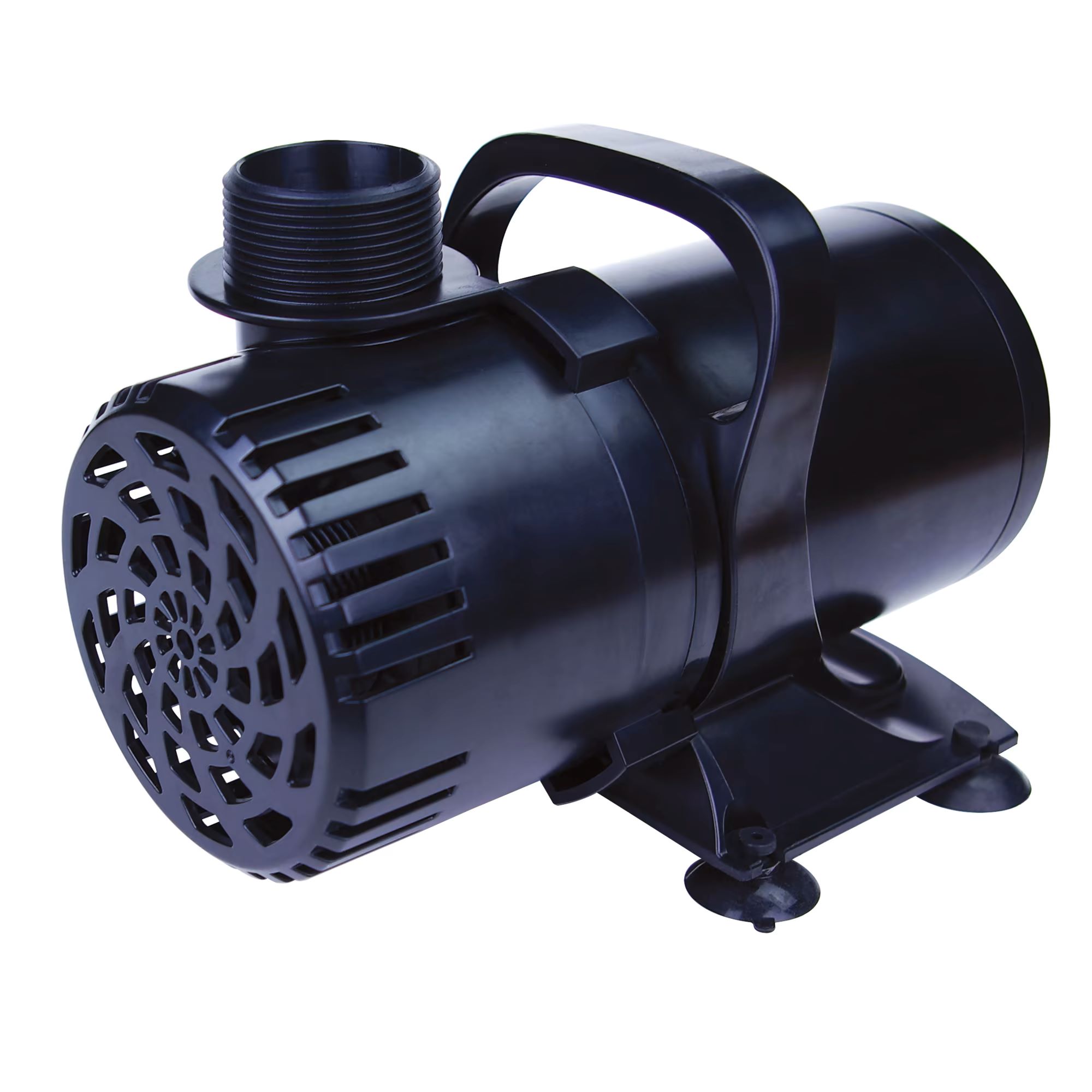
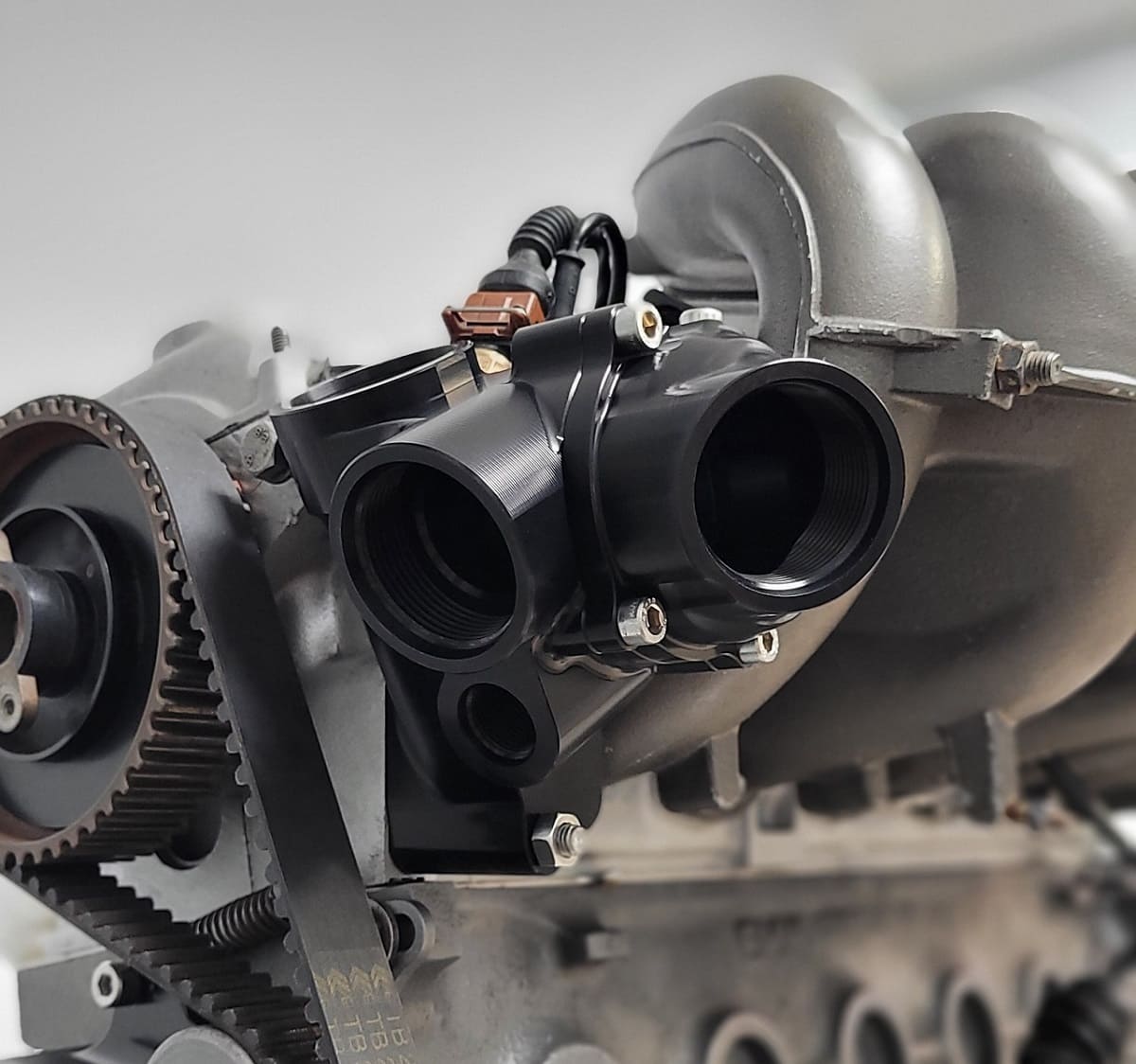
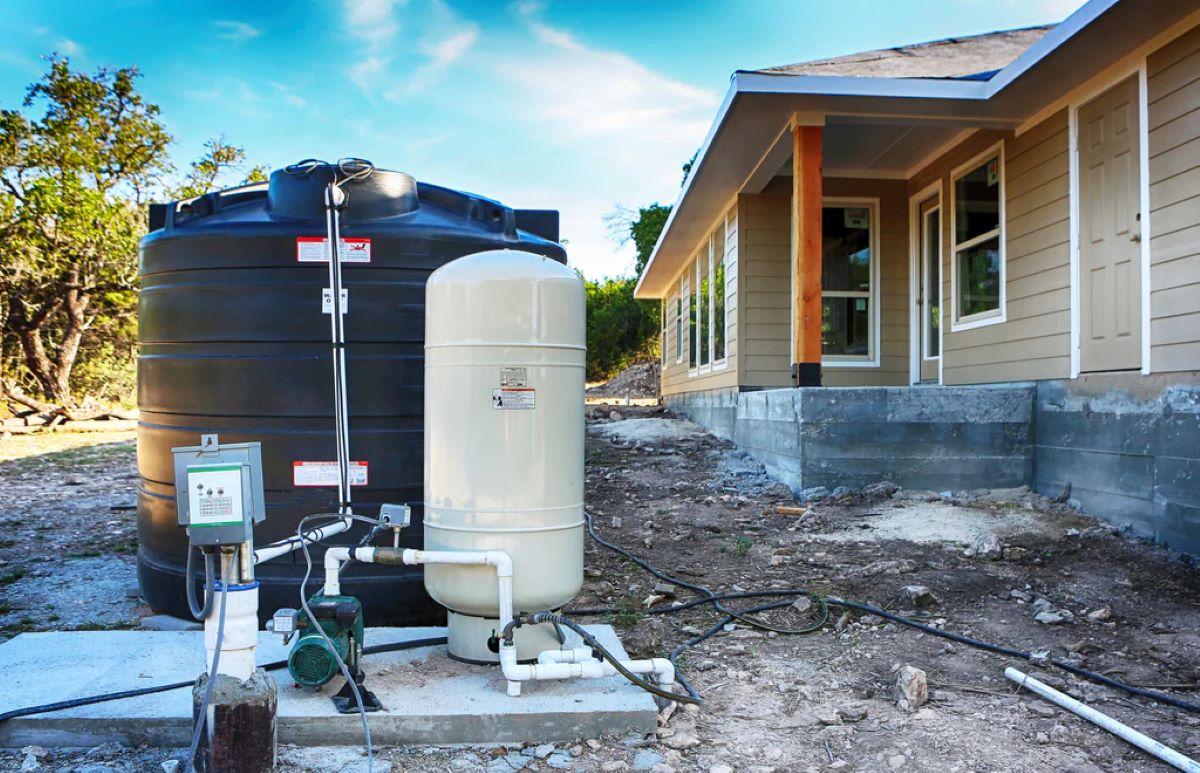
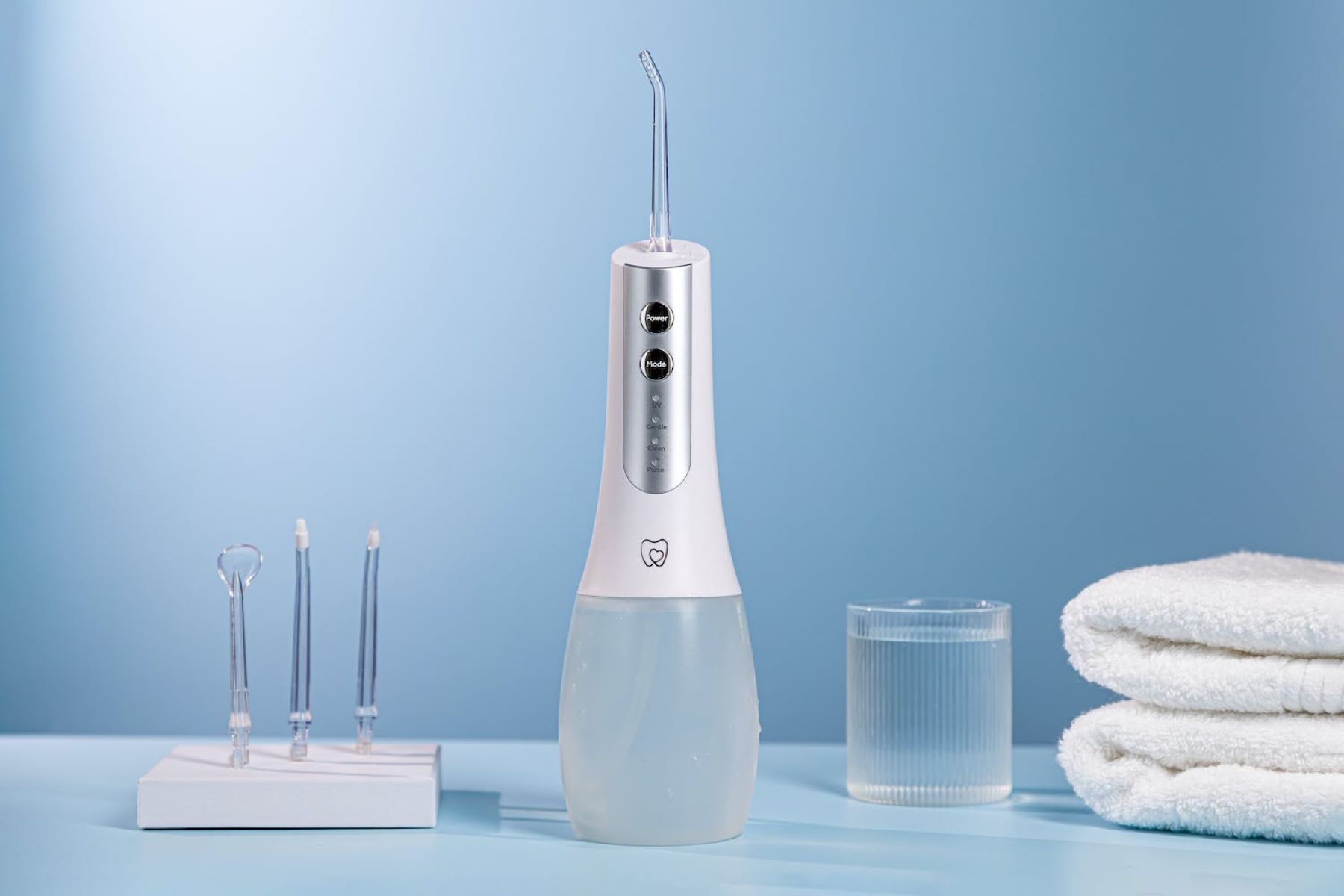
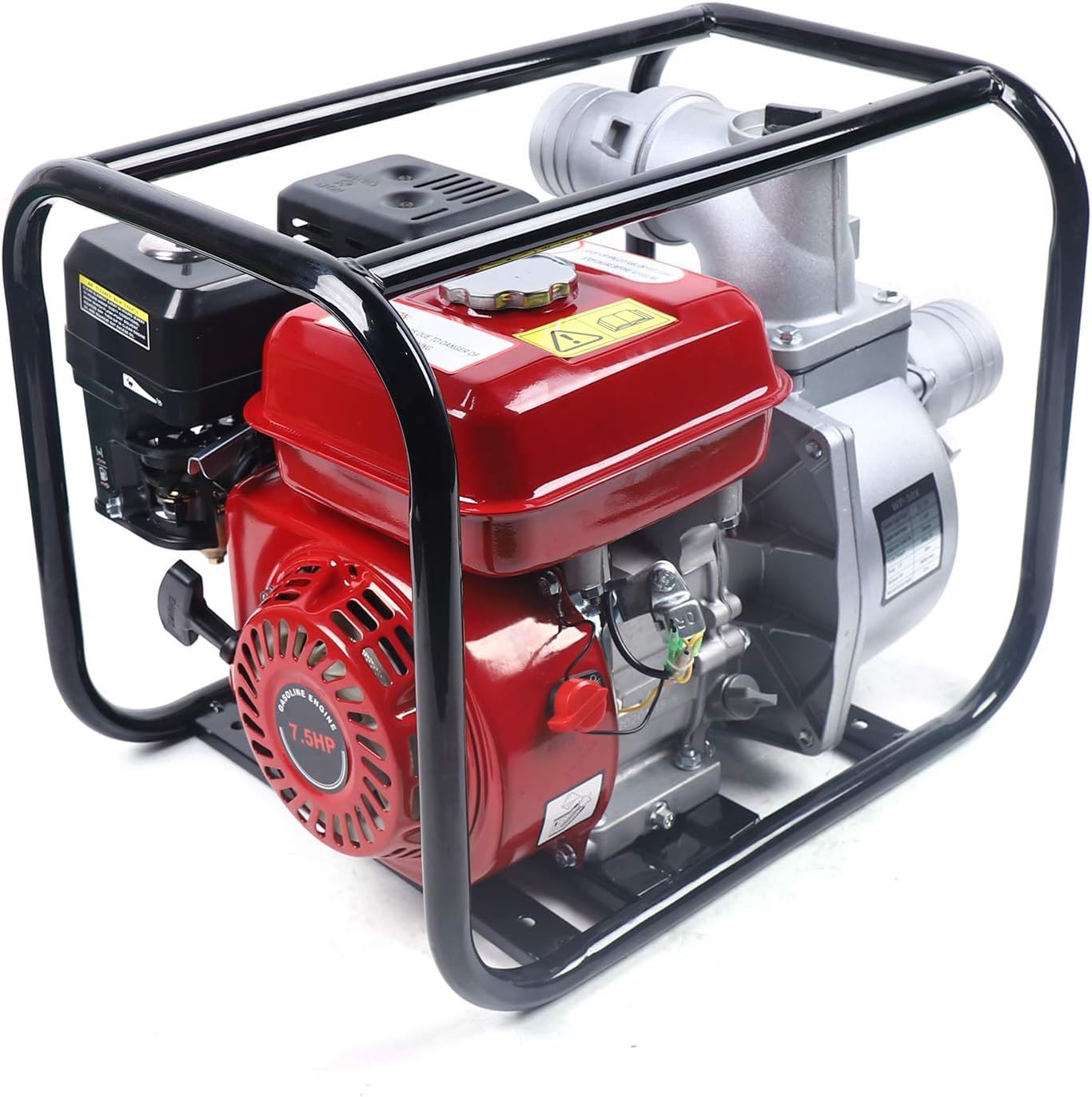
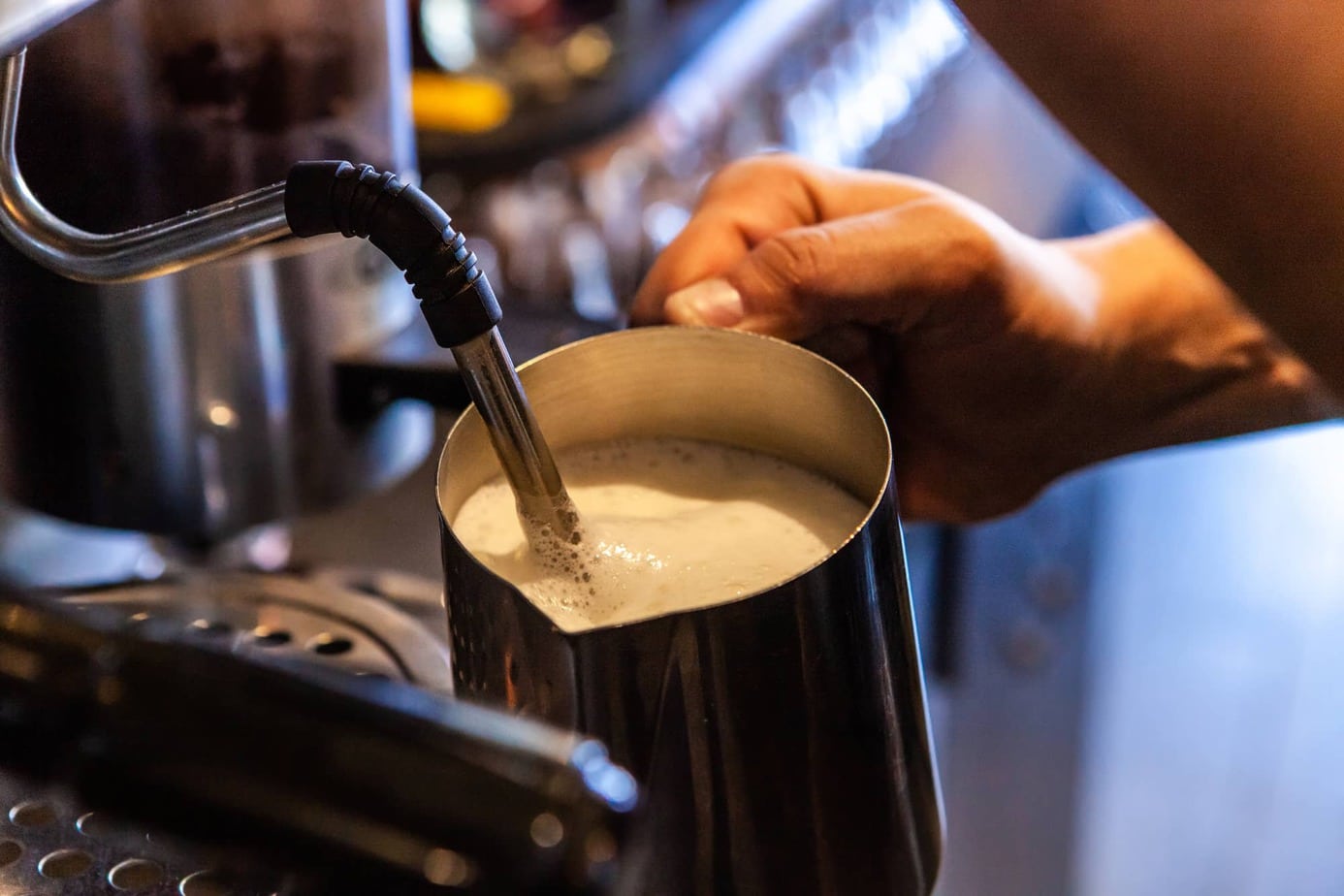
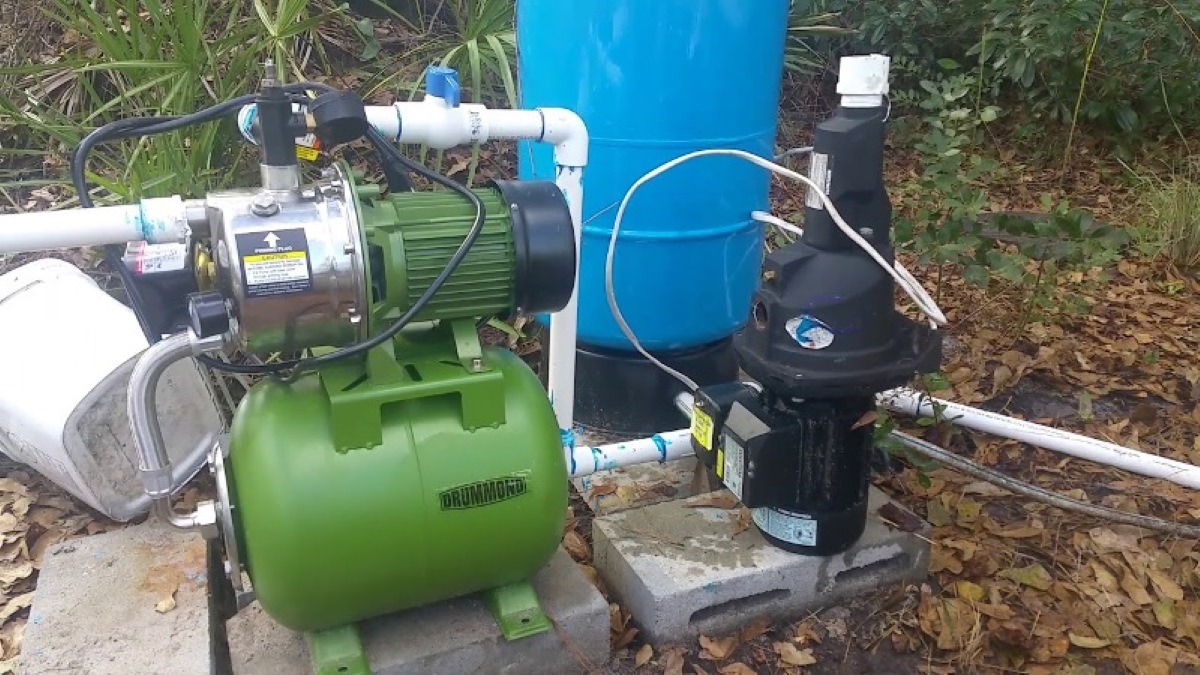
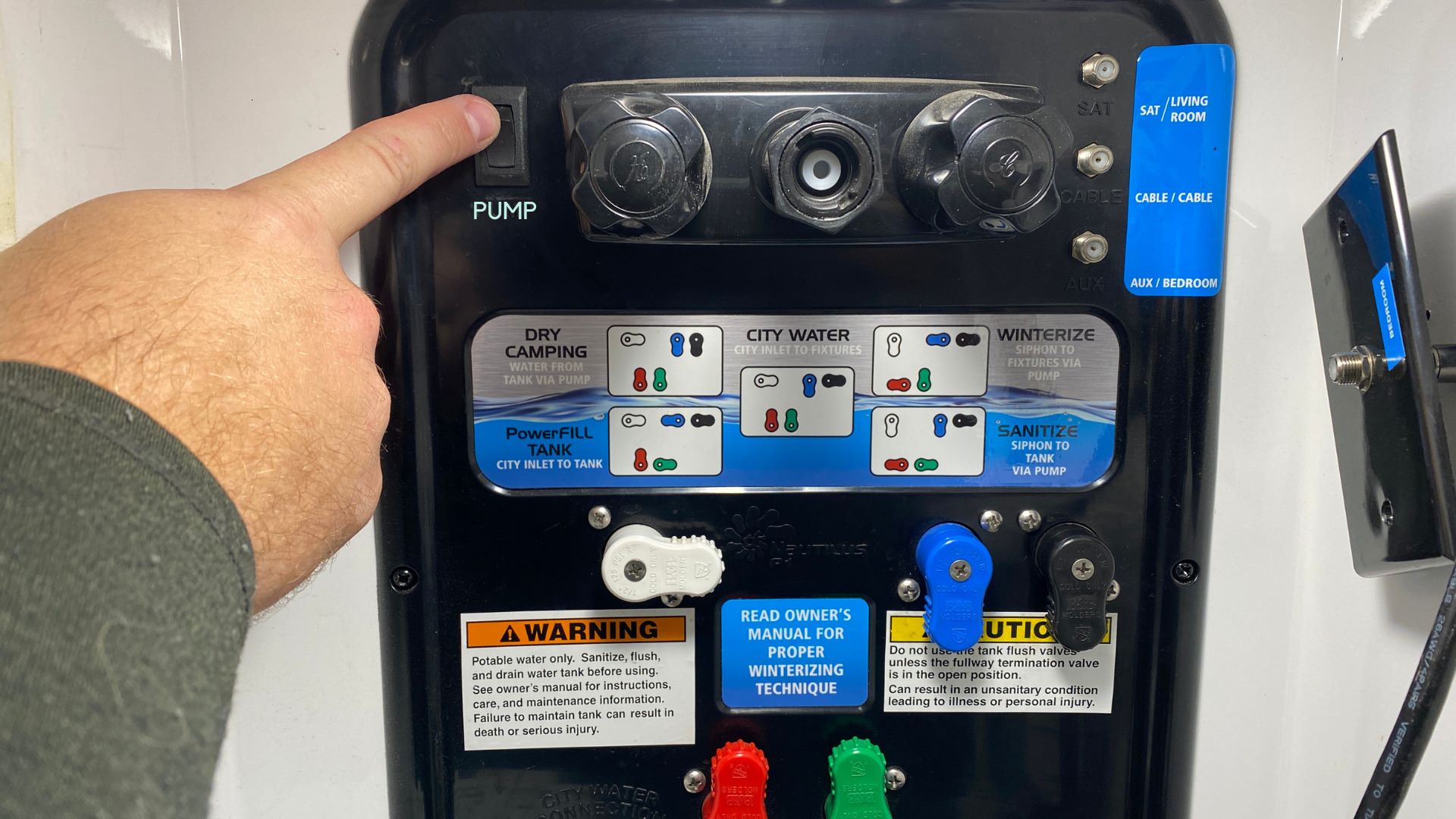
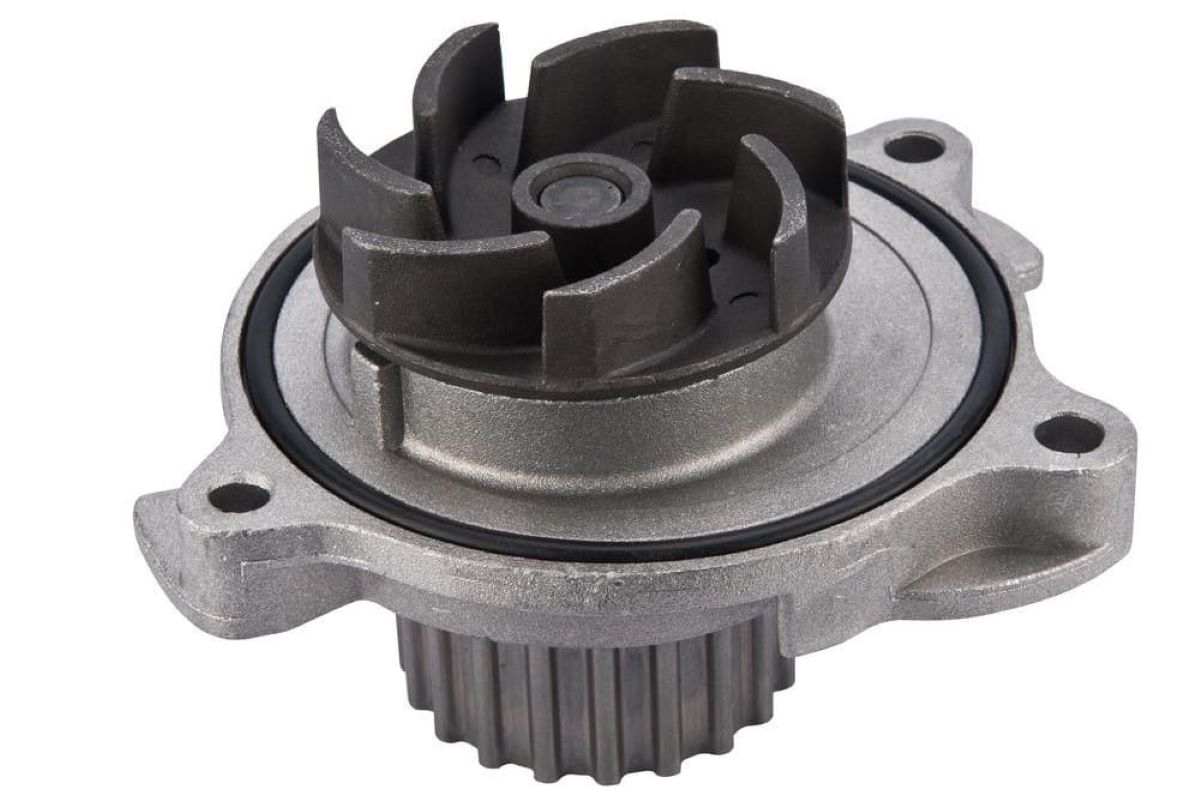
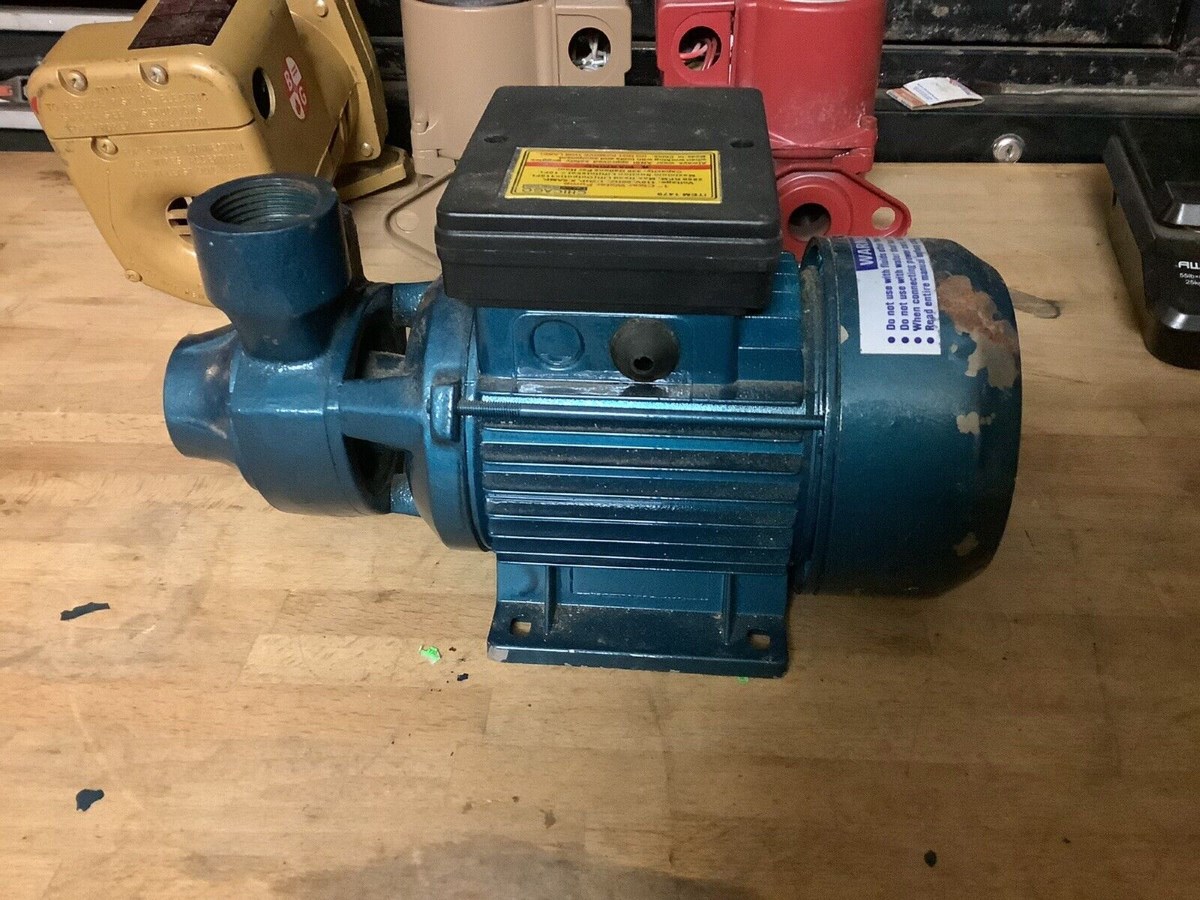

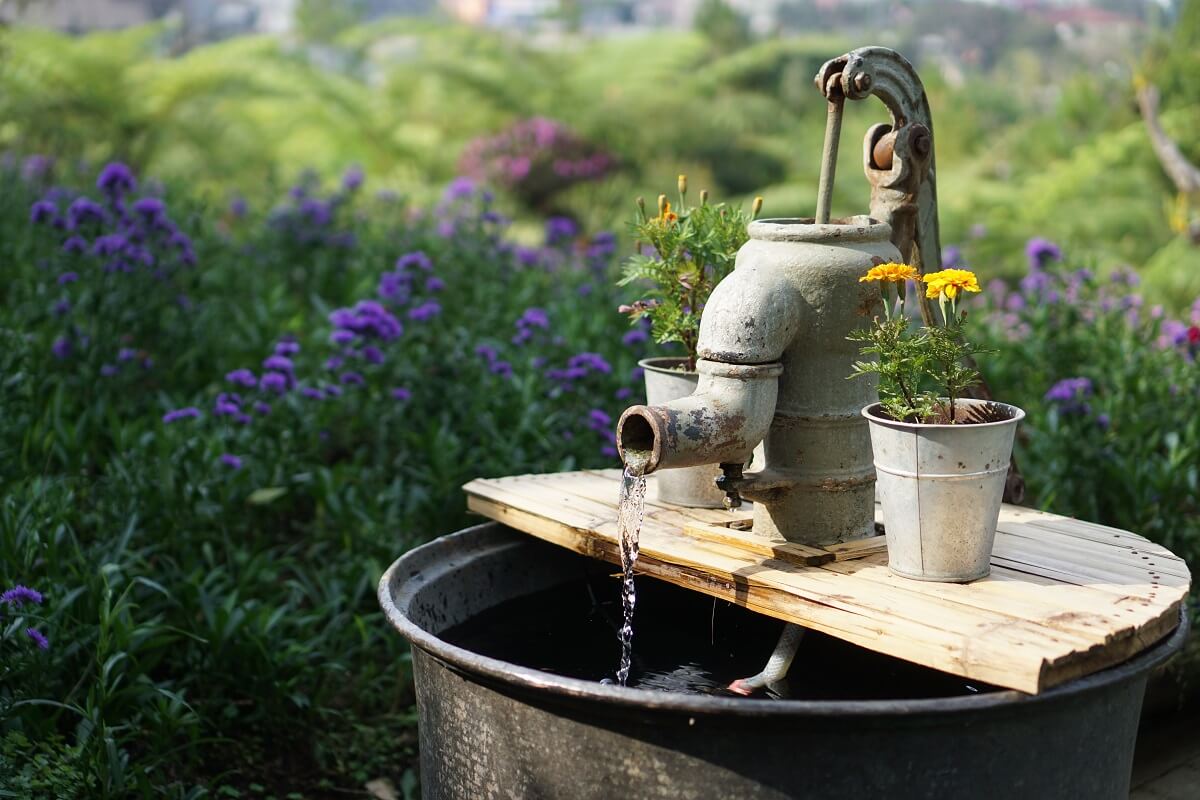
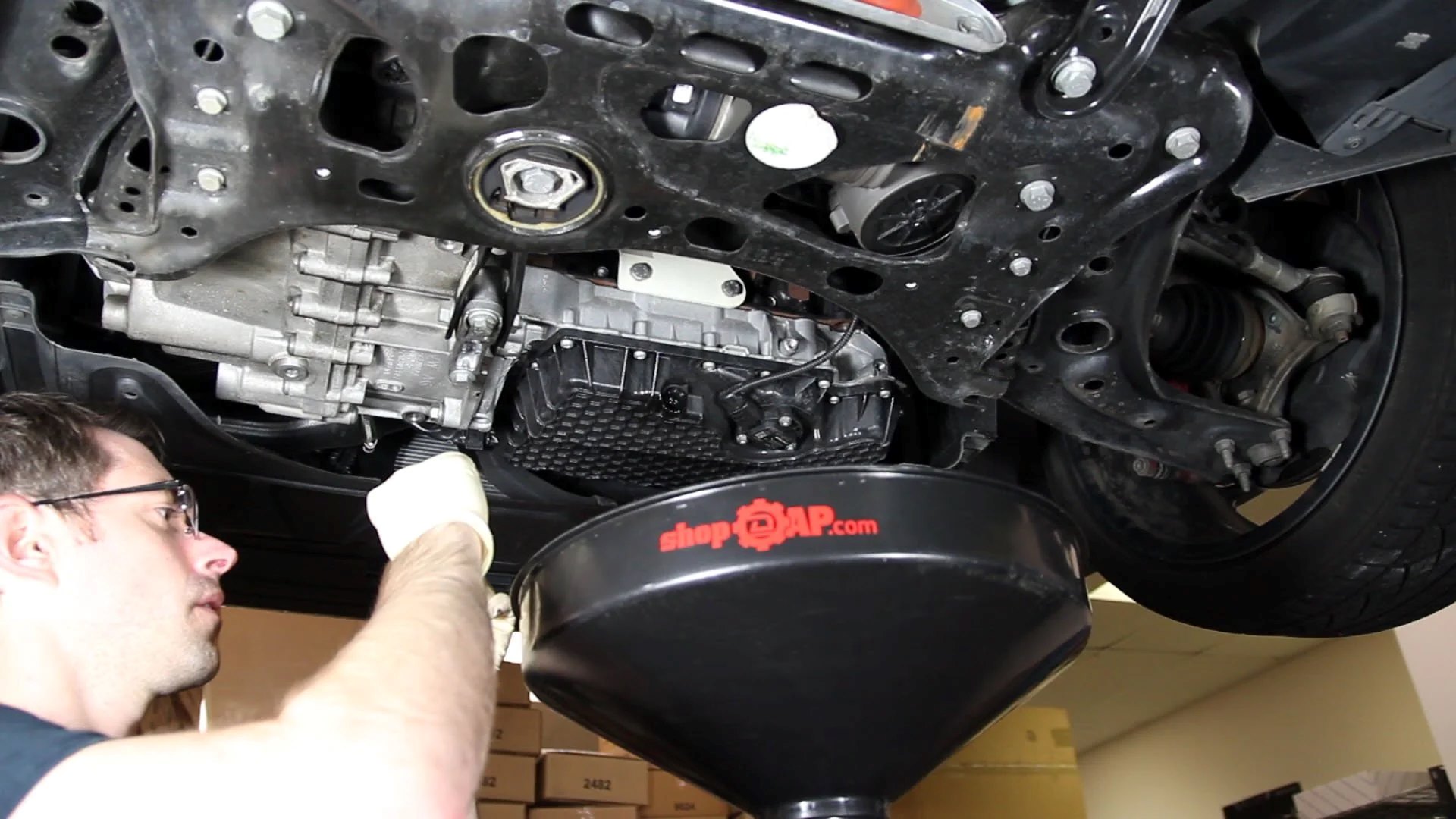

0 thoughts on “What Does A Water Pump Do In A House”